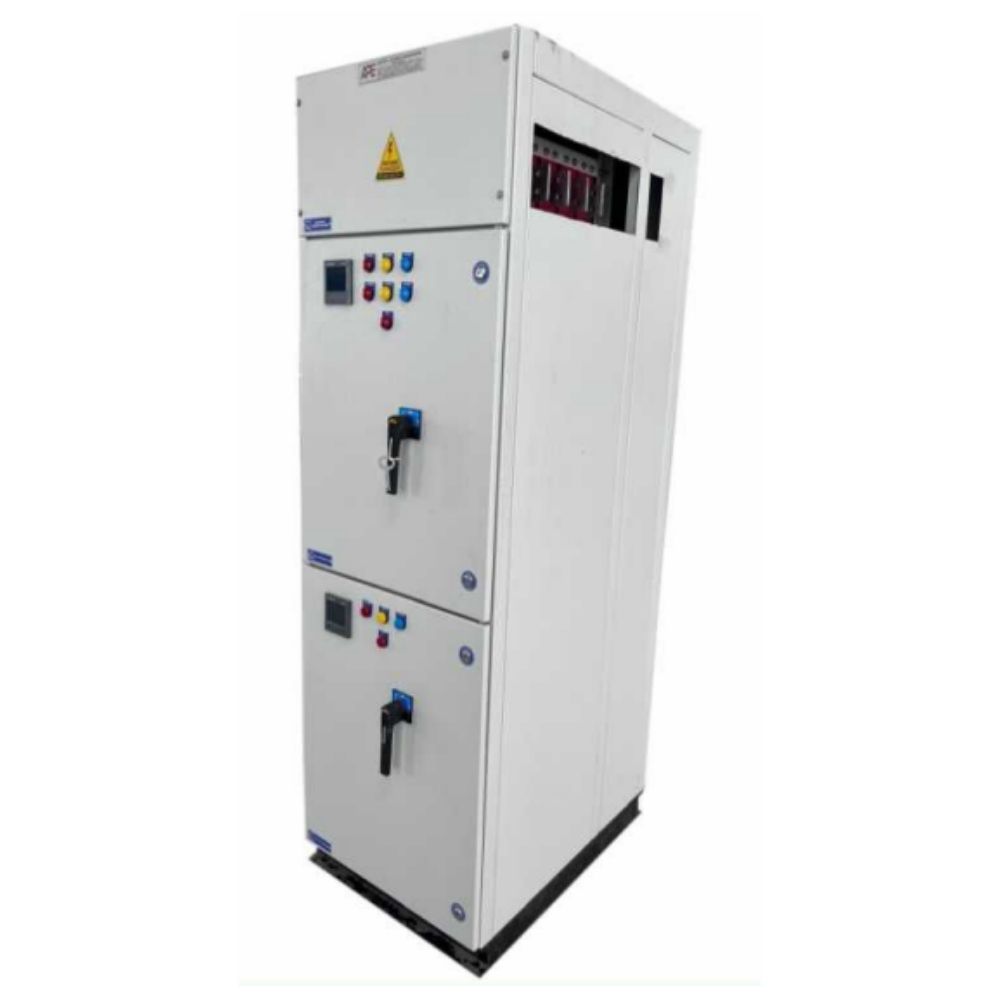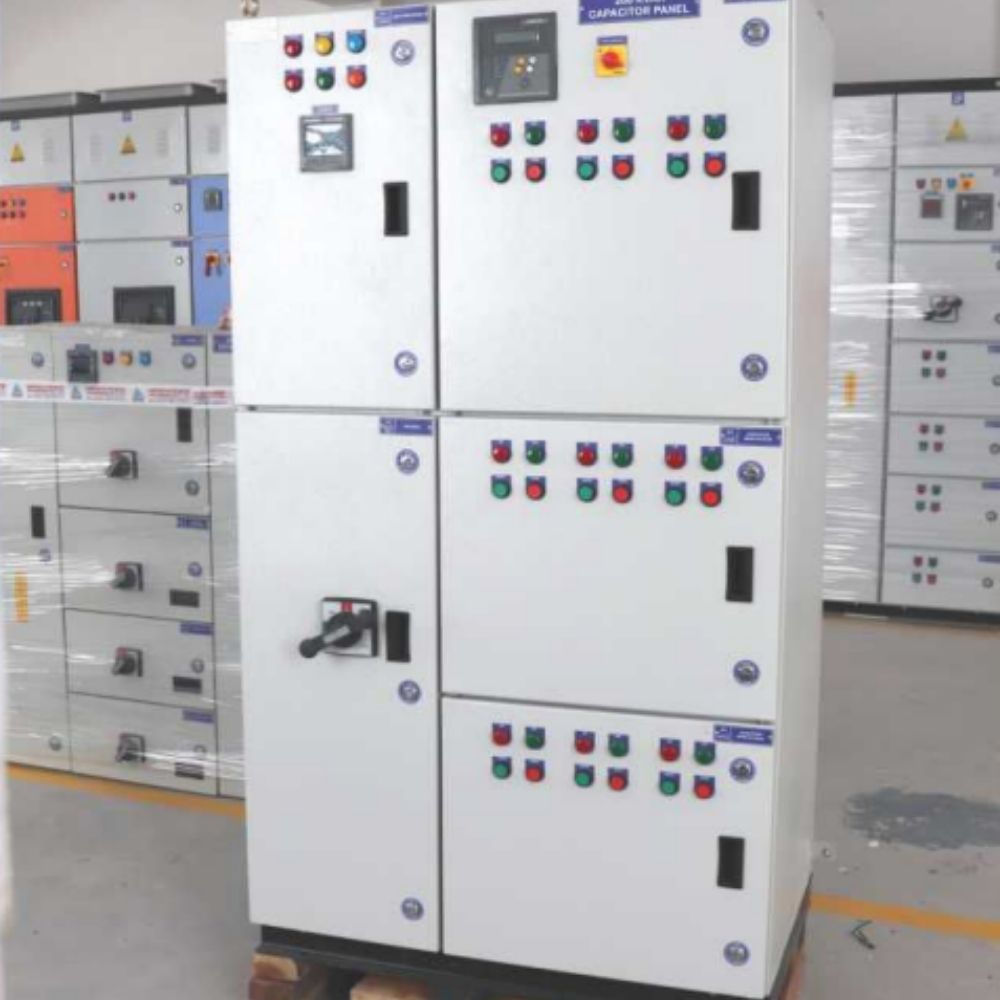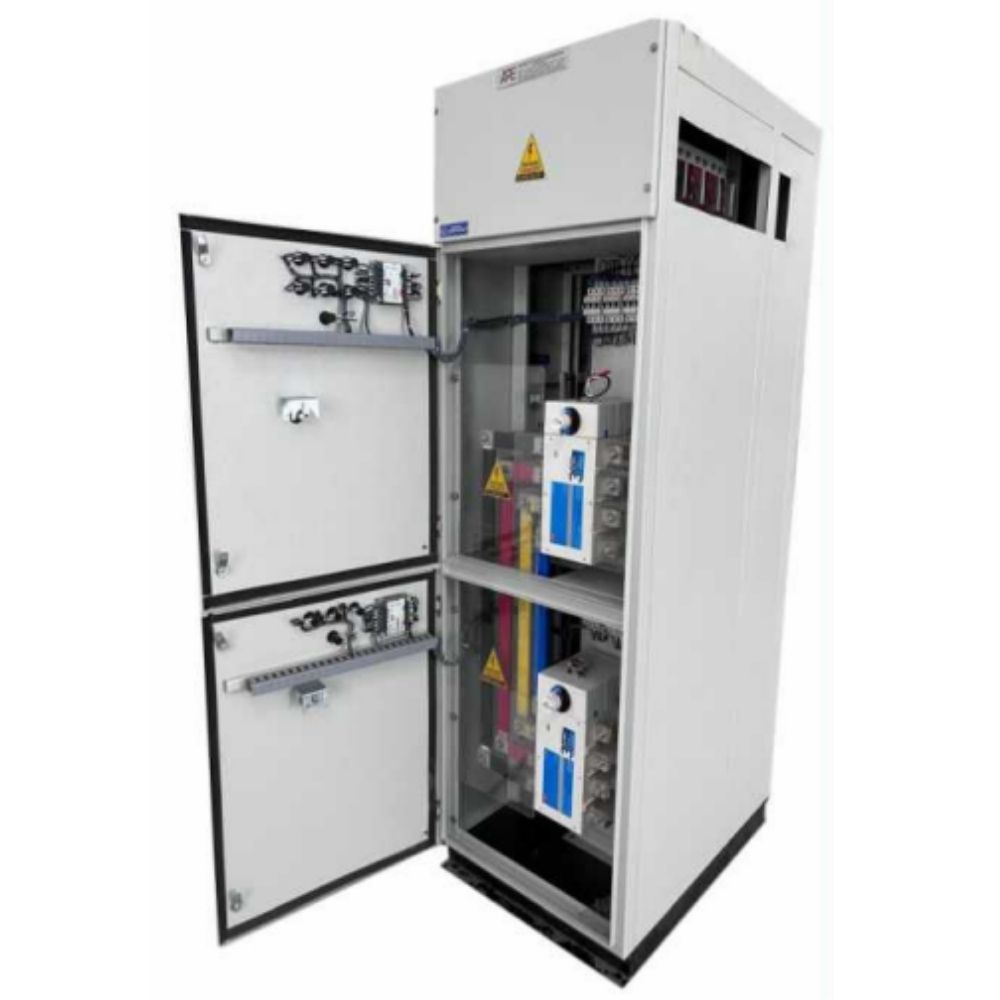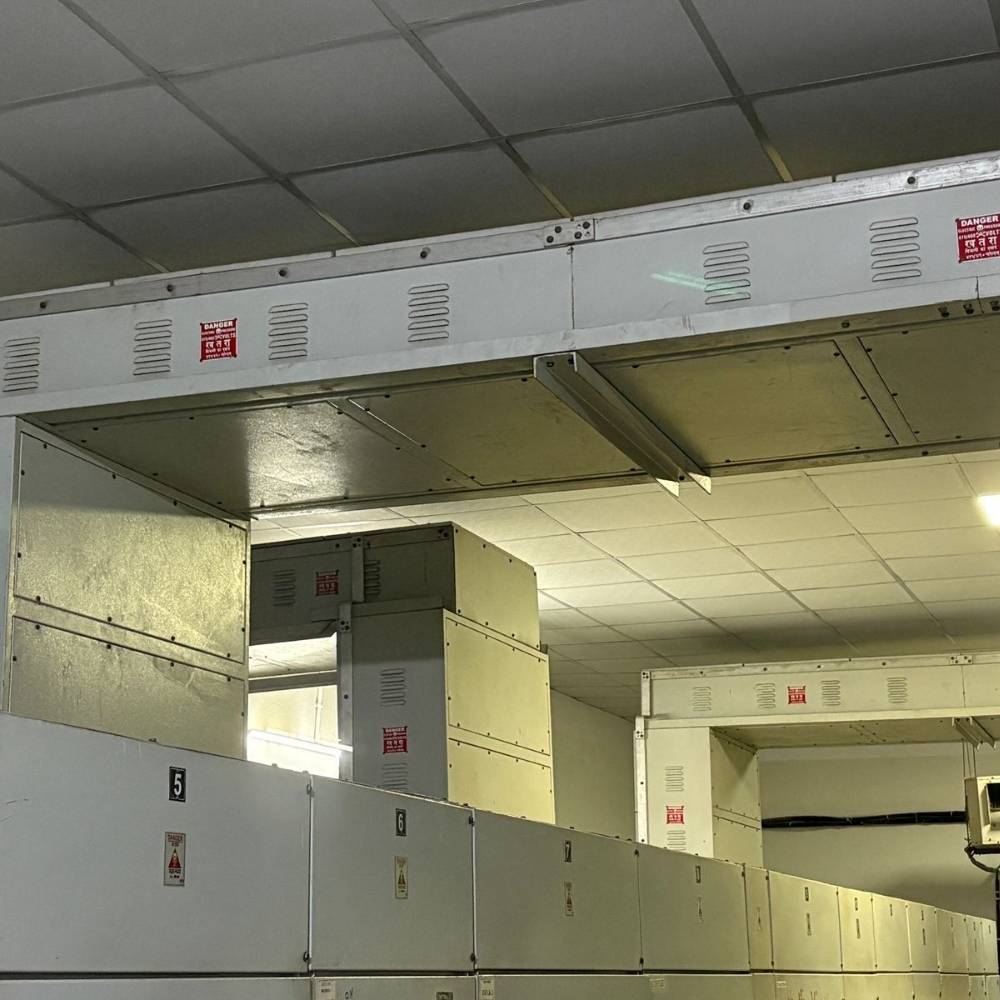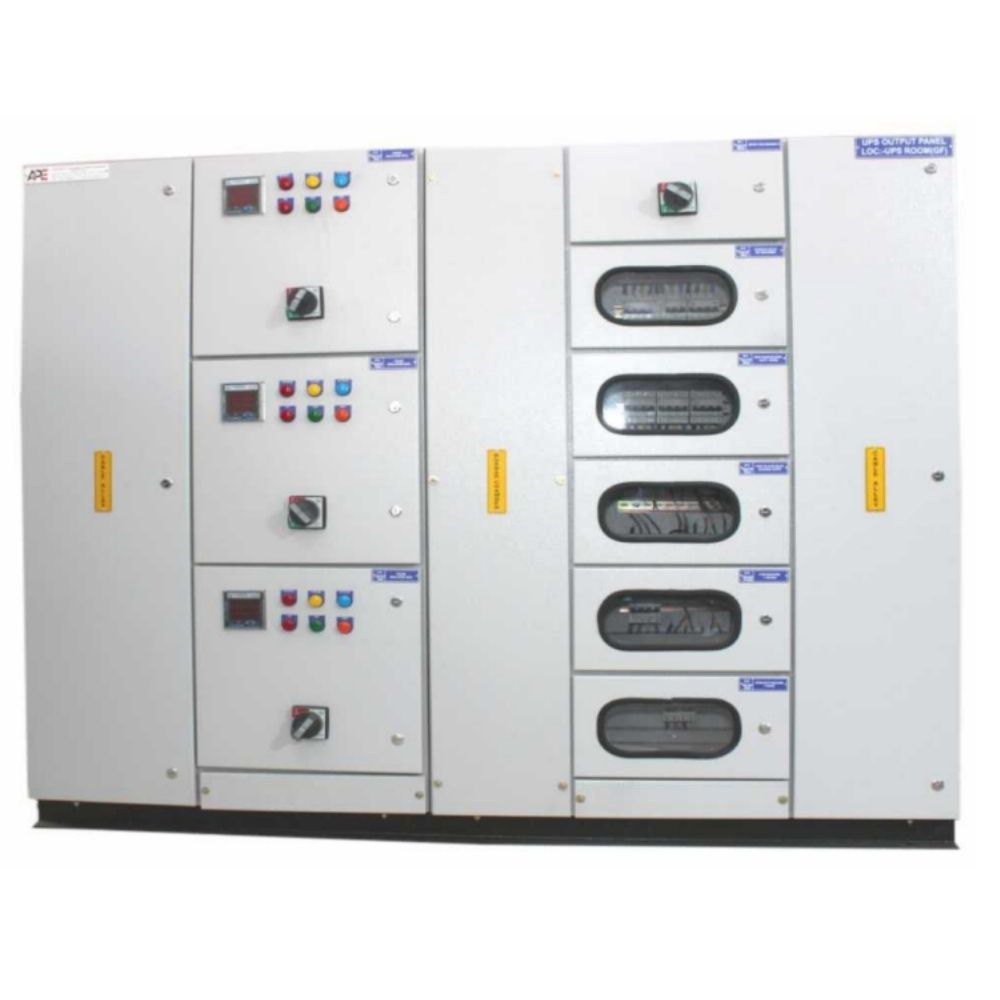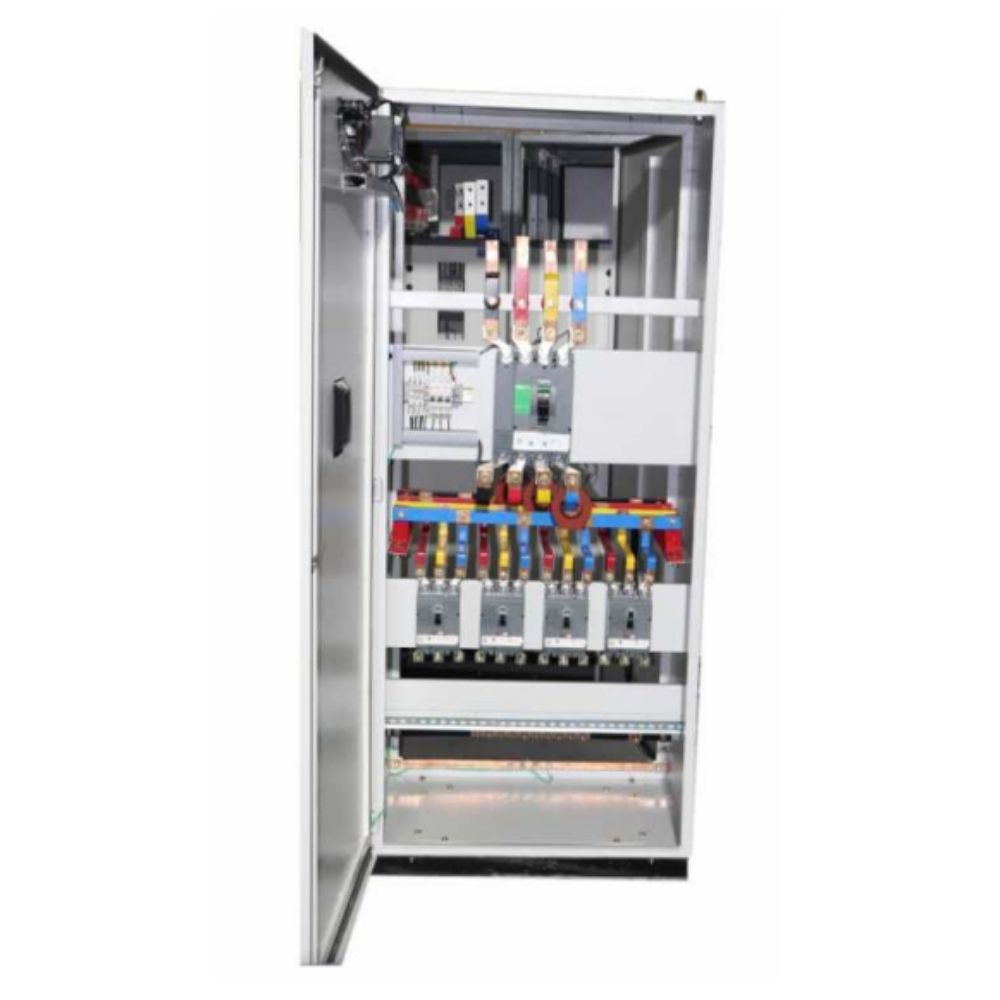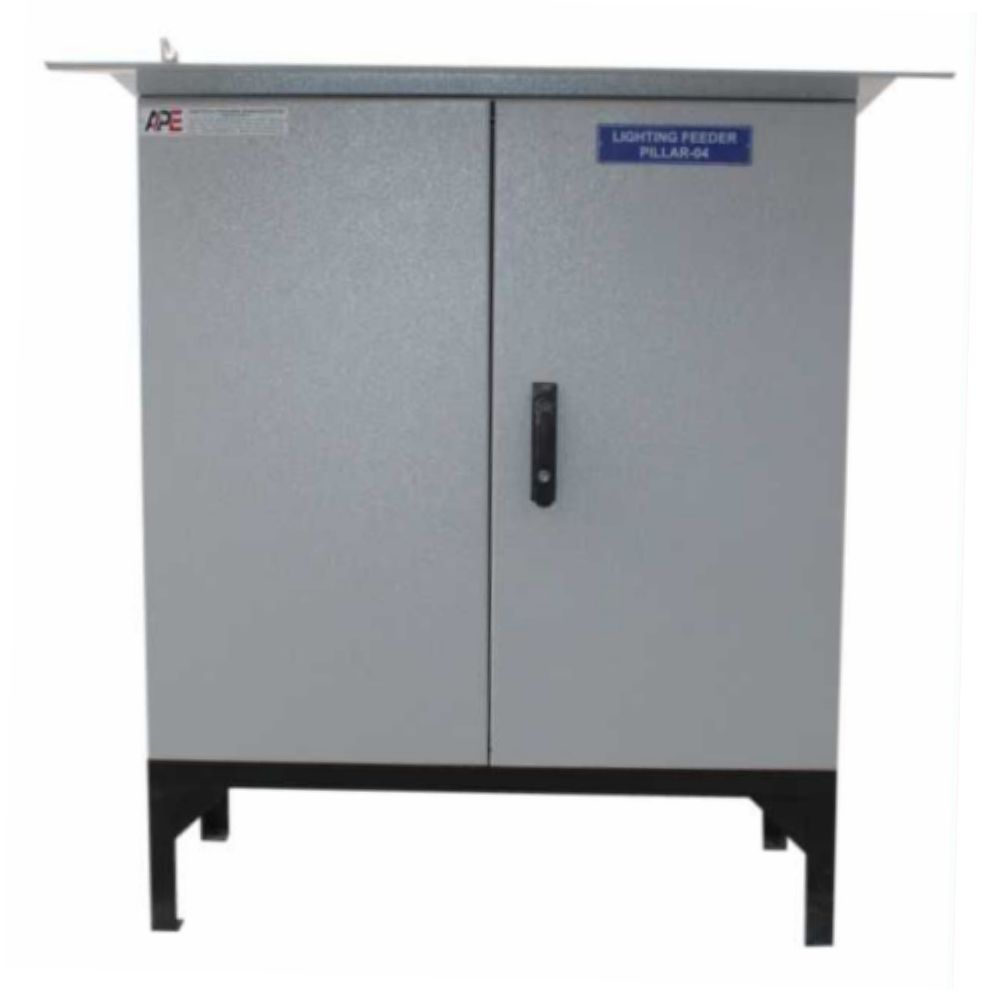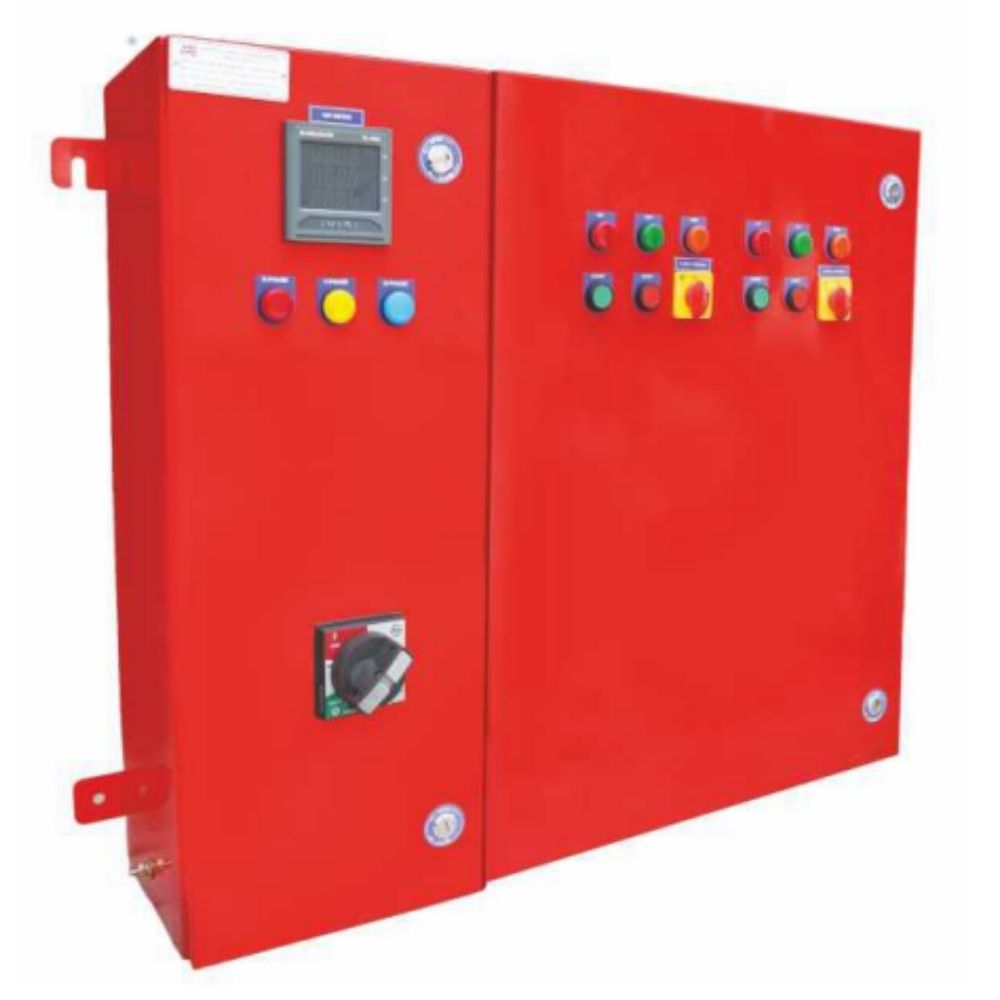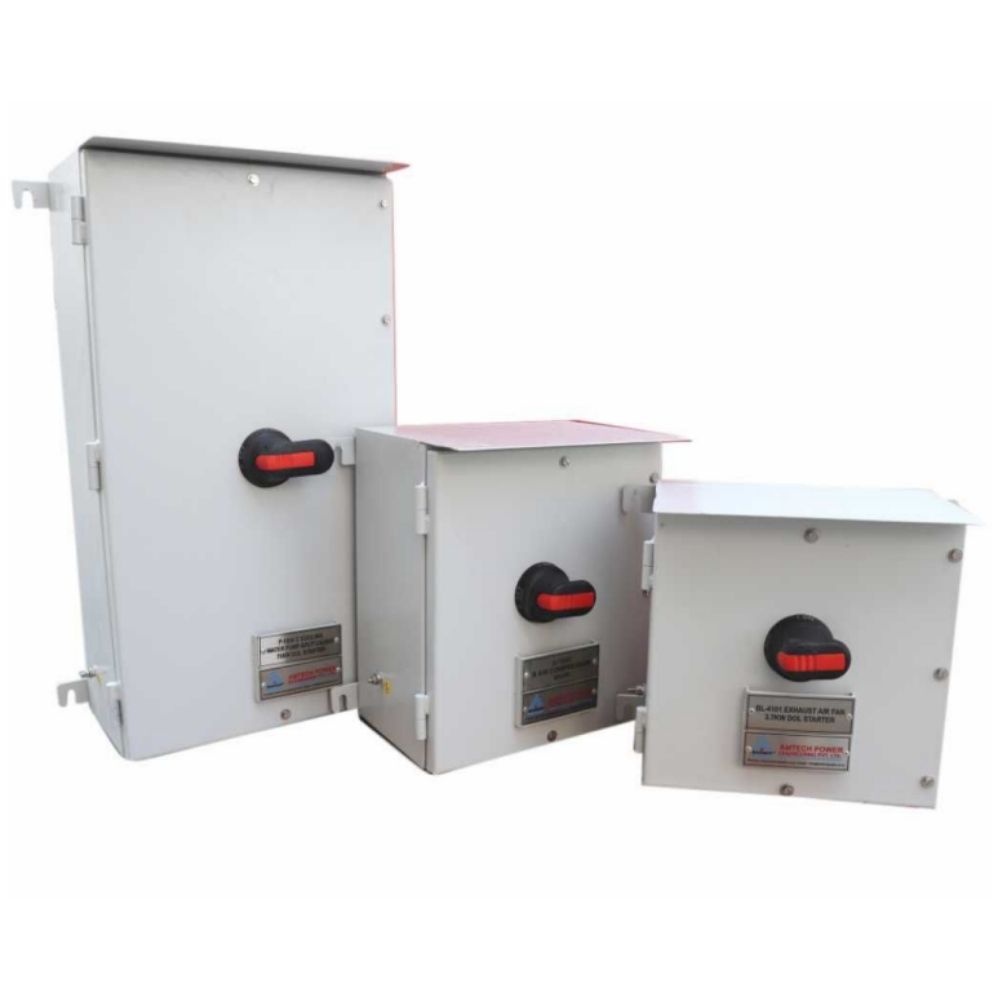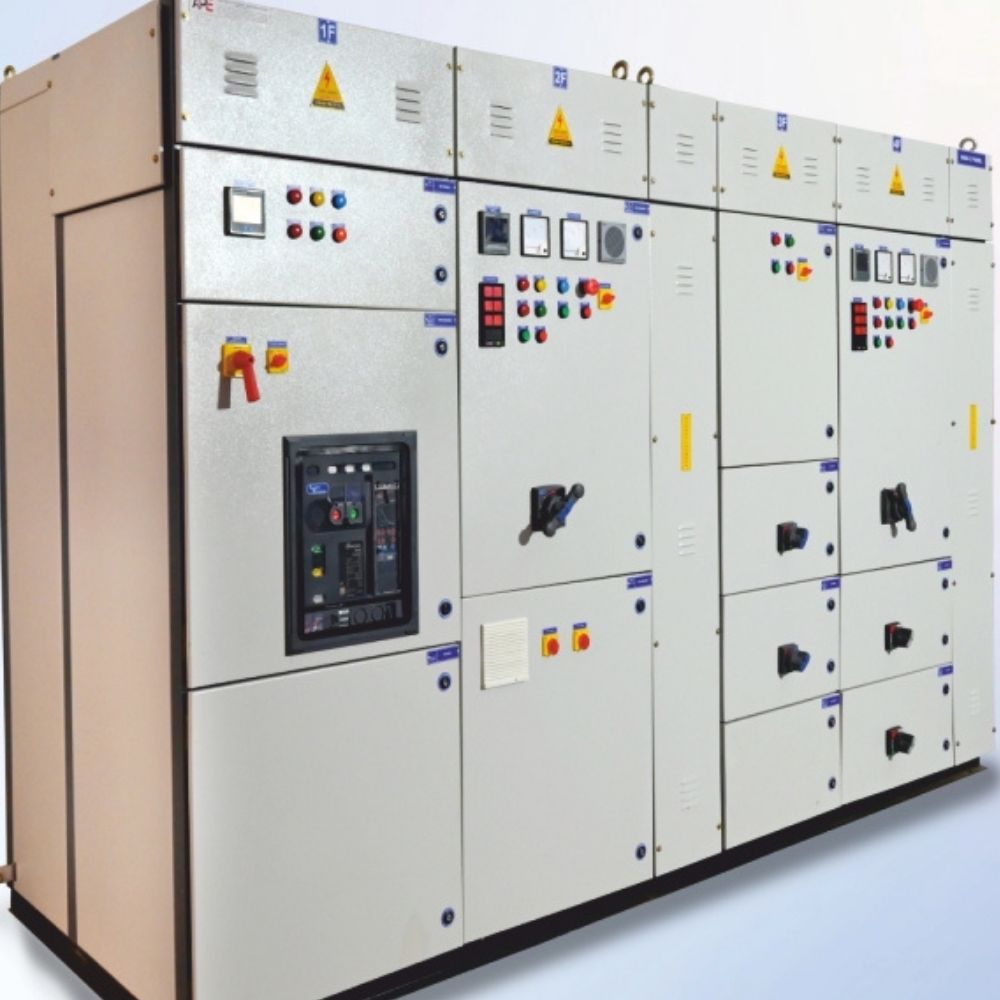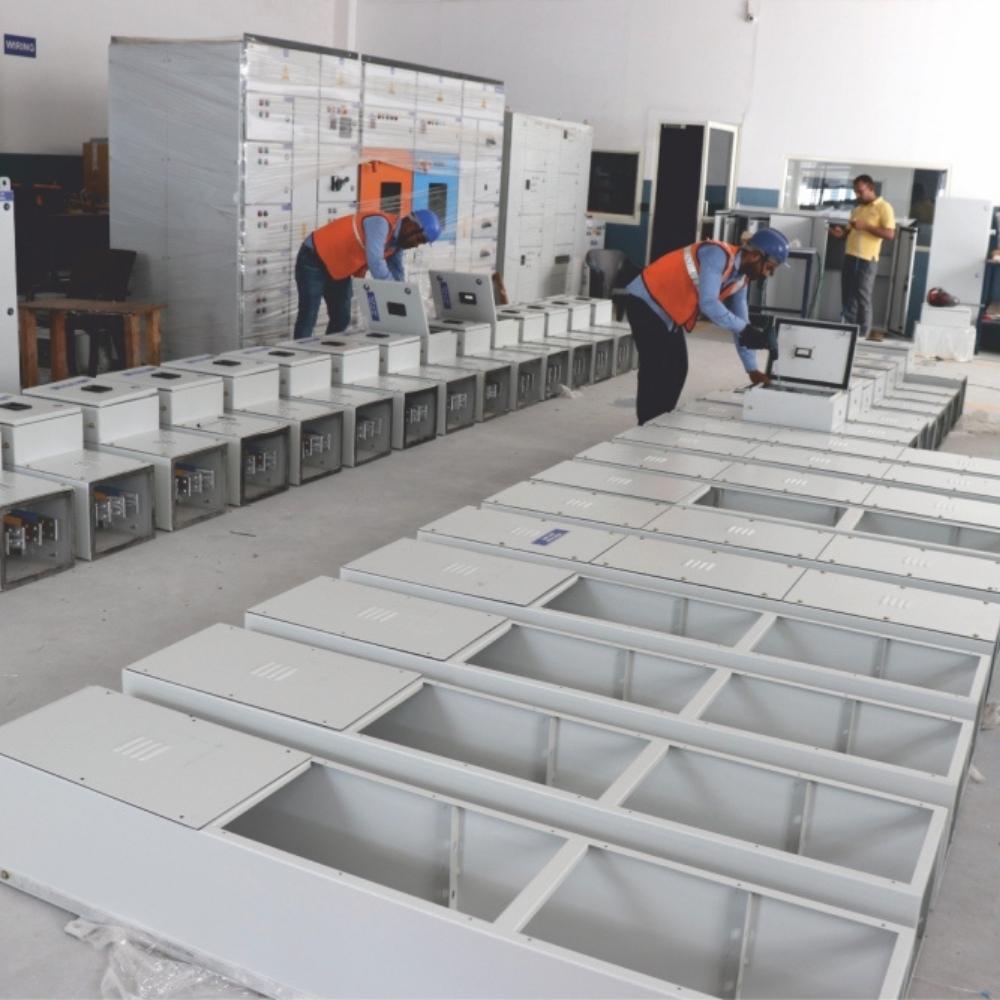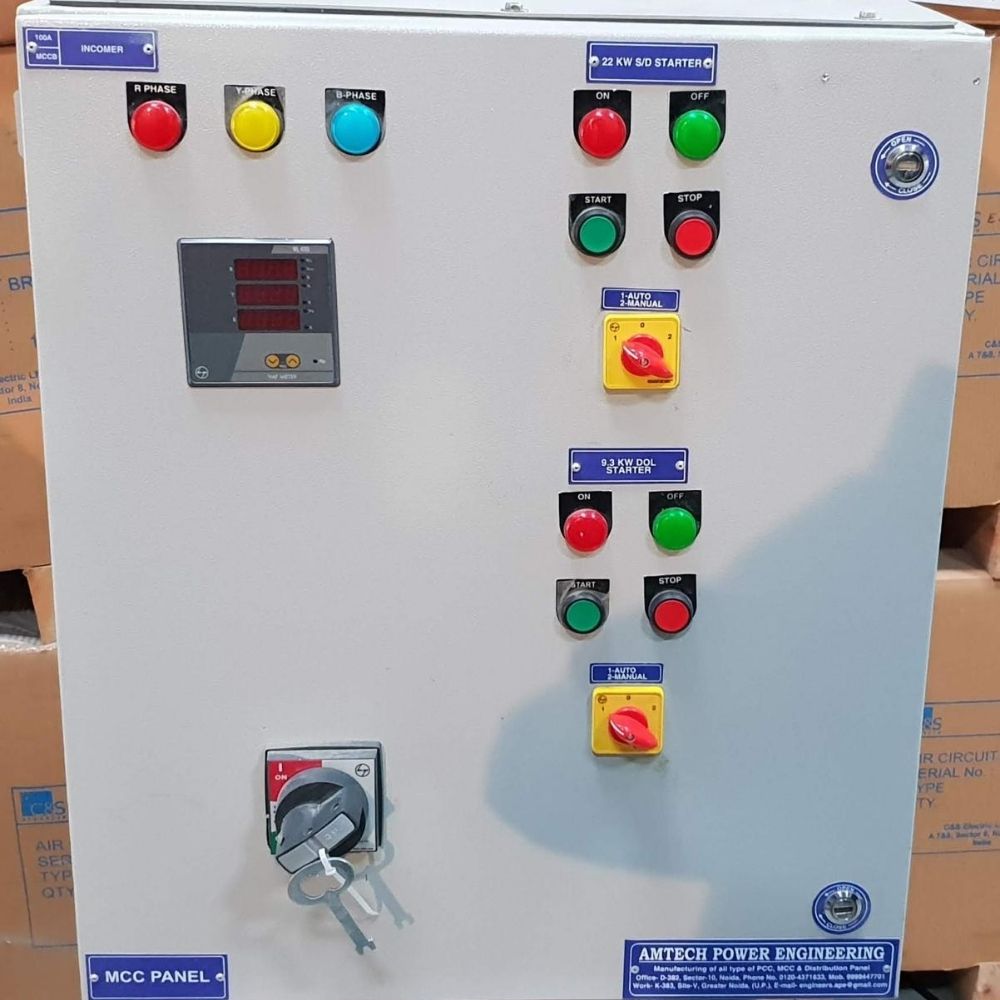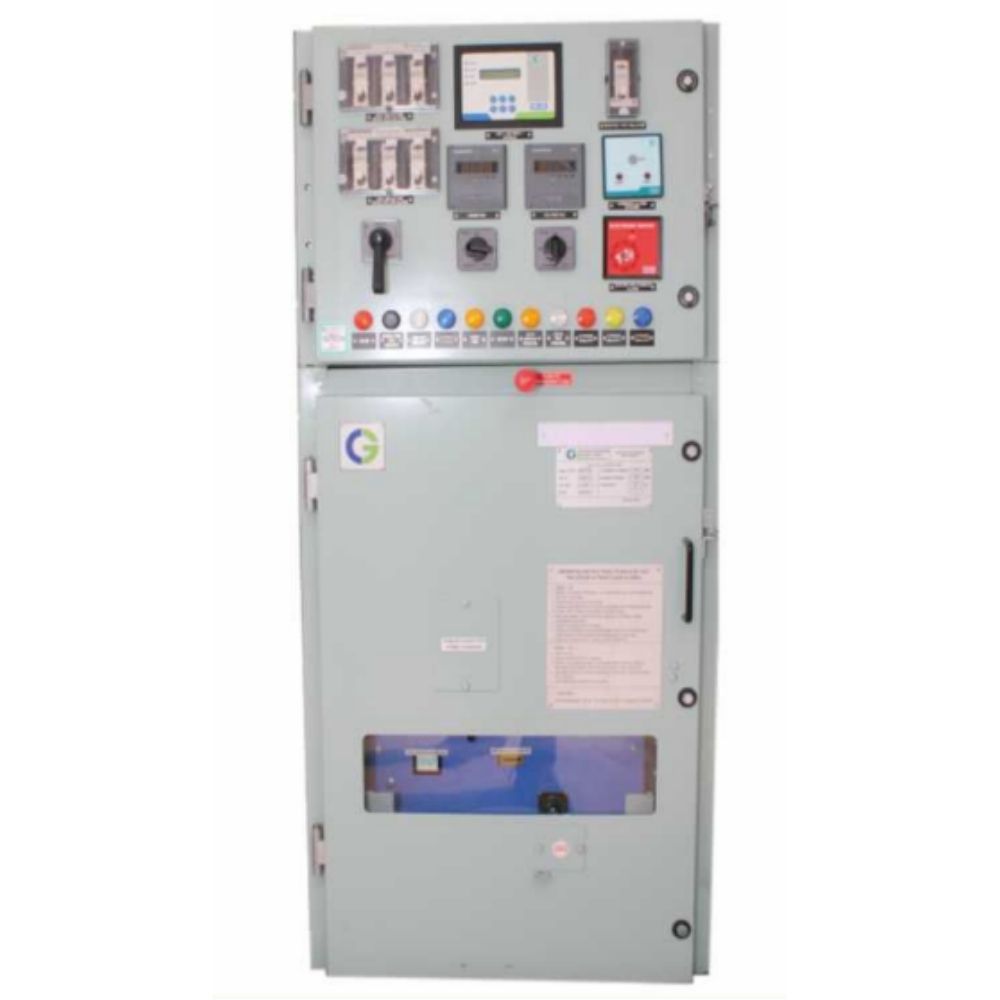-
Call Us: +91-9911447728
-
Email Us: info@amtechpower.co.in
-
24X7 Support: +91-9911447743
Bypass Panel
A Bypass Panel is a critical auxiliary panel used in electrical systems to provide an alternate power path that allows maintenance or replacement of key equipment—such as a UPS (Uninterruptible Power Supply) or ATS (Automatic Transfer Switch)—without interrupting power to the connected load. By enabling isolation of the main equipment while keeping downstream systems energized, bypass panels play a vital role in ensuring system uptime, operational continuity, and safe serviceability.
Typical use cases include UPS Bypass Panels, which allow power to flow directly from the mains to the load when the UPS is undergoing maintenance, and ATS Bypass Panels, which enable manual switching in case the automatic transfer switch fails or requires servicing. The panel is equipped with key components such as isolation breakers or switches, a bypass switch, interlocking mechanisms to prevent unsafe operations, and status indicators (LEDs, meters) for visual monitoring.
Bypass panels enhance system resilience by offering continuous power supply, safe isolation of critical equipment, and increased reliability during scheduled or emergency maintenance. At Amtech Power, we design and supply robust Bypass Panels tailored to specific applications, ensuring seamless integration with UPS, ATS, and other critical systems—without compromising on safety or performance.
Bypass Panels for UPS and ATS Systems
It provides a path to bypass the main equipment (like a UPS or ATS), so it can be serviced or replaced while keeping the connected systems powered.
Example Use Cases
Bypass Panels ensure uninterrupted power supply and enable safe servicing. Common applications include:
UPS Bypass Panel: Lets you bypass the UPS so power goes directly from the mains to the load during UPS maintenance.
ATS Bypass Panel: Lets you bypass the automatic transfer switch in case it fails or needs service.
Components of a Bypass Panel
Isolation Switches/Breakers
Bypass Switch
Interlock Mechanism (to prevent unsafe switching)
Status Indicators (LEDs/meters)
Key Benefits
Continuous power during maintenance
Safe isolation of equipment
Increases system reliability and uptime

